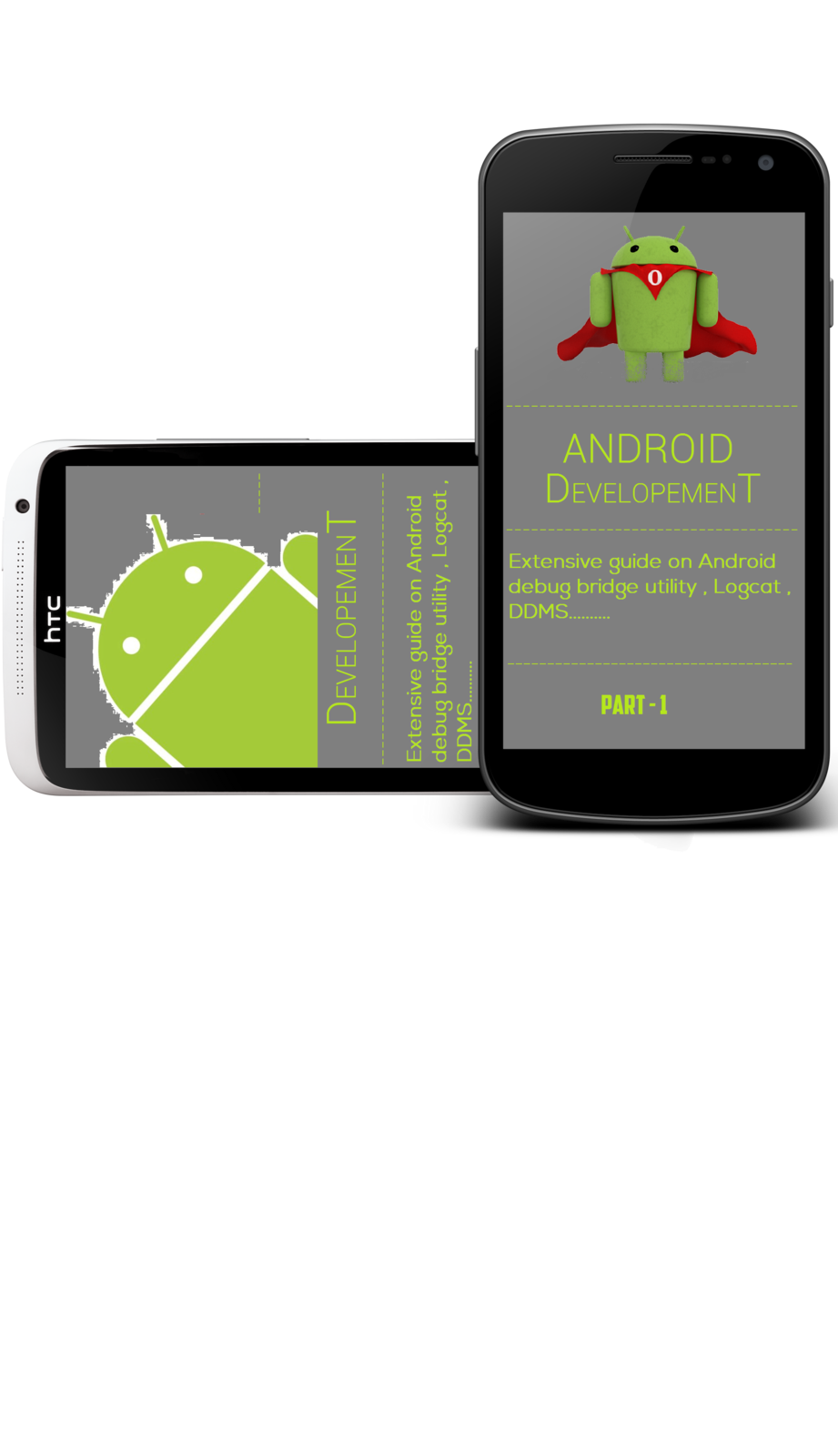If you're an Android user, there's really almost no reason why you shouldn't have some basic knowledge on how to use ADB and pull a logcat. After all, what better way is there to give back to the developers that help make our mobile devices better than by giving them the tools they need to diagnose issues effectively whenever they arise? And while most casual users have used the Dalvik Debug Monitor Service to take screenshots before the feature was officially added to the stock Android UI, there's much more that can be done with the tool.
By now, you should be no stranger to the importance of logcat. We've covered the topic quite a few times in the past with various tools to help you help devs looking to troubleshoot their applications. However, even with tools at your disposal, it's always nice to know how to do the same process manually. The same can be said about ADB knowledge in general. It's just plain useful to have, and something we'd highly recommend around here. And the ability to do so manually is the extra icing on the cake.
In this spirit, XDA Senior Member -MR.WORLDWIDE- has created a simple and introductory- to intermediate-level guide to help you accomplish all of the tasks listed above. The guide is focused towards Windows users, and it covers topics ranging from installing the Java JDK and the Android SDK, all the way to actually connecting via ADB, pulling a logcat, and using DDMS for various monitoring-related tasks. Regarding ADB commands, sample commands are given that will teach you how to accomplish tasks such as installing and uninstalling an APK from your local computer, pushing and pulling devices to and from your device, and using adb shell to access your device via command line.
Head over to the guide thread to get started

